Whether you’ve heard of square foot gardening before or have just discovered the movement, understanding the basics of square foot garden spacing can be overwhelming.
With a square foot garden, you can grow a range of fruit and vegetables with less weeding, less wasted water, and less space. But even if you think you know the basics, figuring out the exact number of plants you can fit in one plot can sometimes mean reaching for a calculator!
Fortunately, there is a growing wealth of knowledge about square foot gardening out there. Even if you don’t have a group of square foot gardeners in your area, you can still learn quite a bit from the good, old internet.
So what exactly is square foot gardening? And what is the best square foot garden spacing for your favorite fruits and vegetables?
The Basics of Square Foot Garden Spacing
At its most basic, a square foot garden is a square or rectangular garden plot broken up into (surprise!) square feet. But the magic of square foot gardening doesn’t just come from marking a grid across your garden.
With any type of gardening or farming, especially when it comes to fruits and vegetables, spacing is key. If your plants are too close together, they can smother each other out. If they’re too far apart, you waste valuable space and give up resources to impeding weeds.
Most gardeners space out their produce plants in rows. This allows for easy planting and access to the plants throughout the growing and harvesting seasons.
But what about all that space between the rows? Square foot gardening aims to eliminate this space.
This gardening strategy was developed by retired engineer Mel Bartholomew, an avid backyard gardener. His goal with this design was maximum efficiency.
See, you can’t just break your garden up into individual squares and call it a square foot garden. It’s the way you use these squares that make square foot garden spacing so innovative.
In a square foot garden, each square can hold a certain number of plants. This exact number depends on the type of plants in each square.
In the end, square foot garden spacing works just like spacing out your plants in a row. It’s just a more efficient way of doing things.
What are the benefits of square foot gardening?
Square foot gardening is a growing movement because it offers a range of benefits. While these benefits might seem minor to the casual gardener, they can increase the yield of a home fruit and vegetable garden immensely.
But perhaps the largest benefit of square foot garden spacing is that it allows for using far fewer resources than most traditional gardens. Not only is this great news for the environment, but it can also mean money saved.
Key benefits of square foot gardening include:
- Looser soil and little need to till
- Less wasted water and fertilizer
- Less space required for the same number of plants
- Easier pest control and weed removal
- Easier crop rotation
While raised square foot gardens are more traditional (and offer benefits like better drainage and temperature control), you can technically install a square foot garden anywhere.
What types of plants work best with square foot gardening?
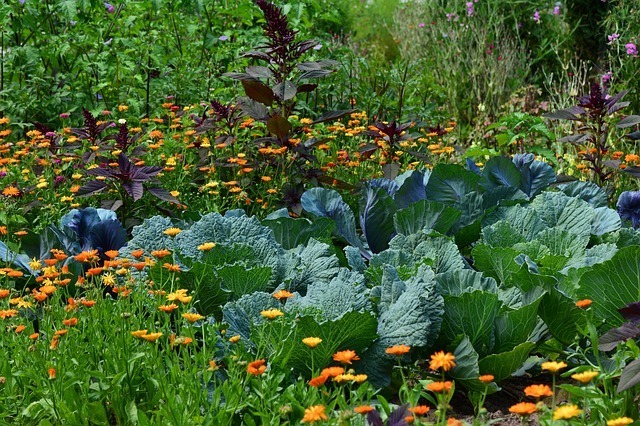
Image Source: Pixabay.com
Since square foot gardening is focused on reaching the highest yield possible with the fewest resources, these gardens typically include fruits and vegetables.
While you could, in theory, create a square foot flower garden, there’s really no point.
After all, square foot garden spacing is not about aesthetics. It is designed to be purely functional.
What is the ideal size for a square foot garden?
In Bartholomew’s original plans, he called for a garden plot measuring about 4 feet across.
Why this size? Because it allows for reaching the middle squares with relative ease.
Technically, you can use square foot garden spacing in any size or shape of garden. But because this growing method is more efficient, you probably won’t need very much space at all!
Our Quick and Easy Square Foot Garden Spacing Guidelines
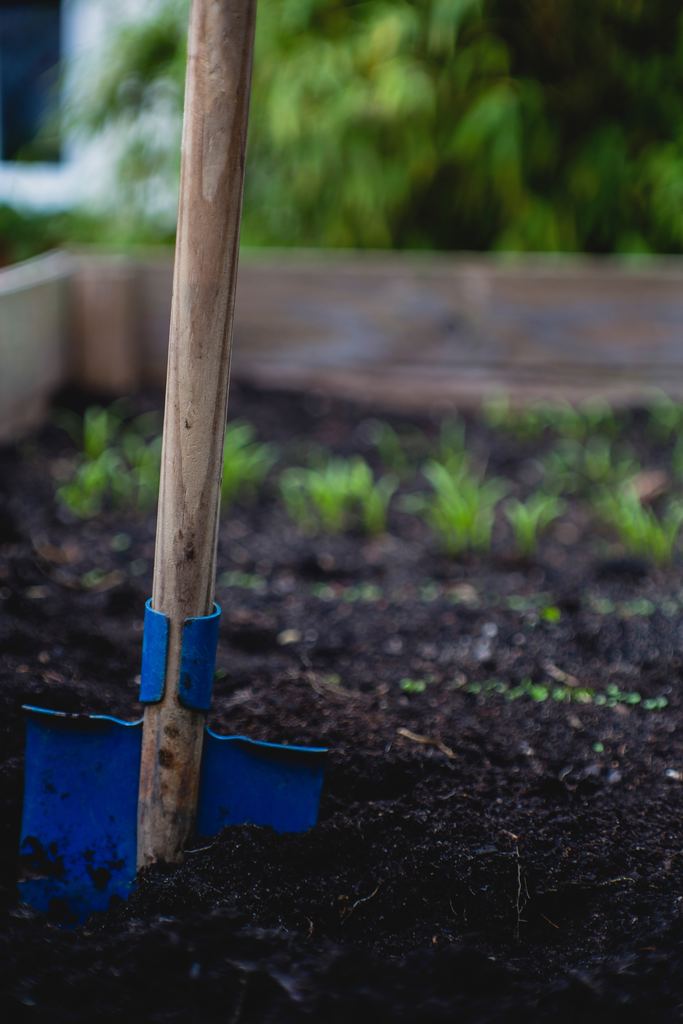
Image Source: Unsplash.com
Now, for the real reason you’re here:
How do you know how many plants to place in each square for the perfect spacing?
At first glance, the answer to this question might seem complicated. However, you’ll quickly learn what size and type of plants need a little more wiggle room and which can be crowded together.
While traditional square foot gardening calls for one type of plant in each square, technically you can mix and match plants that need the same amount of space. For the full benefits of square foot garden spacing, though, we suggest sticking with one plant type per square.
When planting your square foot garden, make sure you space your plants evenly within the squares themselves.
For instance, a plant that needs a square to itself should be placed in the middle of the square. Squares with three plants should be planted in a triangle pattern rather than a line. Squares that hold four plants should have a plant in each imaginary quadrant. And so on.
1 per square
First, let’s look at the plants that need a bit of breathing room. These fruit and vegetable plants need a square foot all to themselves if they’re to grow to their full potential.
Many of your salad greens will need a whole square to themselves. Kale, head lettuce, celery, collard greens, and other bulky leafy greens must be planted one per square.
Larger herbs will also need a bit more room. Dill, rosemary, parsley, and oregano should all be planted one plant per square foot.
Eggplant, potatoes, sweet potatoes, peppers, and okra all need their own square foot, as well. When using stakes, you should also limit your tomato plants to one per square.
While you might think you can fit two or three at first, once your plants reach maturity, you’ll quickly realize why we only recommend one plant per square!
2 or 3 per square
There are a couple of plants that require just a bit less room than their one-per-square counterparts. Despite their larger size, these fruits and vegetables are still great candidates for tight square foot garden spacing.
If you plan to plant cucumbers or sweet corn in your square foot garden, you can safely place two or three plants, respectively, in each square.
You can plant some plants two per square if they rely on a trellis. Cantaloupe, pumpkins, watermelon, and winter squash can be planted two in a square with this growing method.
4 per square
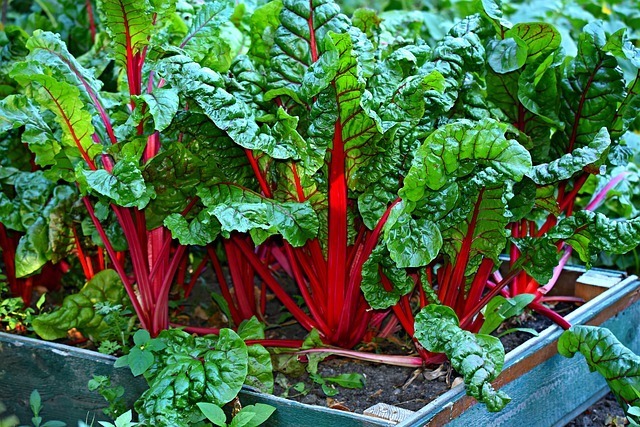
Image Source: Pixabay.com
Now we’re starting to get into the small stuff. These fruit and vegetable plants have smaller root systems and lower nutritional needs and are quite happy with somewhat crowded square foot garden spacing.
Leafy lettuce, unlike head lettuce, does just fine when planted four to a square. You can also plant four basil, kohlrabi, large onions, large leeks, large garlic, rutabagas, and swiss chard per each square foot.
If you prefer to grow your tomatoes on tomato cages, you can fit four plants in a square. The same is true for zucchini and summer squash grown on a cage.
8 or 9 per square
Many small or upward-growing vegetable plants do well with even less space.
You can fit eight pea or pole bean plants, evenly spaced, within one square foot of your garden. Since these vegetables are climbers, they won’t mind the limited space.
You can squeeze nine bush beans, beets, chives, cilantro, spinach, turnips, small onions, small garlic, or small leeks into a single square foot.
If you’re growing tomatoes with no support structure, then you can fit nine per square.
When planning your square foot garden spacing for these plants, imagine that your square is divided up like a Tic-Tac-Toe board. Everywhere you can put an “X” or “O” you should place a plant. This will ensure everything is evenly spaced.
Over 9 per square
You can plant some small fruits and vegetables even tighter than nine per square.
You can plant carrots, mustard greens, green onions, parsnips, and radishes all at 16 per square foot. With this square foot spacing, you’ll be amazed how many vegetable plants you can fit in a small backyard garden!
Fruits and Vegetables to Keep Out of Your Square Foot Garden

Image Source: Pexels.com
Some fruits and vegetables are just too large and unruly to work with square foot garden spacing. Some of the most popular examples of these plants include rhubarb, asparagus, and artichoke.
Rhubarb is a poor candidate for square foot garden spacing because of its large size. Even if you can fit a young plant into a single square, it will soon grow, and the leaves will cover an enormous amount of soil space. Instead, we suggest planting your rhubarb in a separate area where it has plenty of space to breathe.
Asparagus can work in a square foot garden, but only in specific cases. If you do want to grow asparagus in your square foot garden, it will need to be in a separate, raised bed all on its own. You will also need to ensure that there is at least 18 inches of soil in this bed. If you grow asparagus in a portion of your regular square foot garden, it will quickly take over the entire bed!
Artichoke, like rhubarb, is just too big for inclusion in a square foot garden. To grow a healthy artichoke plant, it can take 16 square feet of garden space (yep, you read that right!). Obviously, a square foot garden is just not the place for this vegetable to grow.
However, not all large plants need to stay out of your square foot garden. You will just need to allow a bit more space for them to grow.
More than one square***
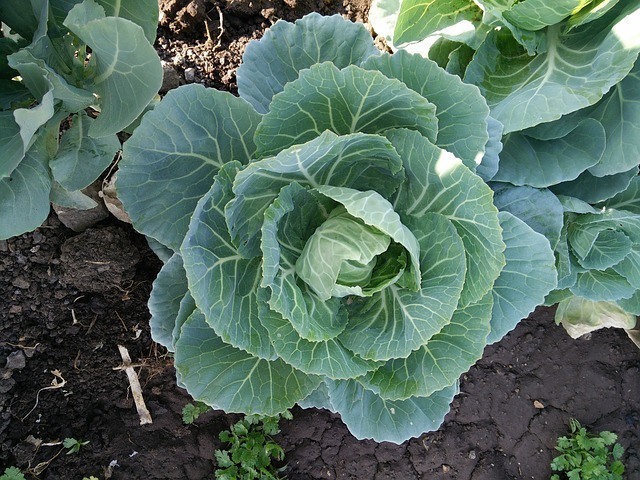
Image Source: Pixabay.com
You can plant broccoli, cabbage, Brussels sprouts, and cauliflower (all members of the cabbage family) four plants per every nine squares.
How do you do this? Easily!
Imagine, once again, that your garden is a Tic-Tac-Toe board. But scale the metaphor so that the imaginary Tic-Tac-Toe board covers nine squares instead of one.
The places where these boxes’ corners meet, or where the lines of the Tic-Tac-Toe board would intersect, is where you plant your four plants.
With this square foot garden spacing technique, you can keep plants in your garden that otherwise wouldn’t fit in a single square!
Get More Out of Your Garden With Less Space
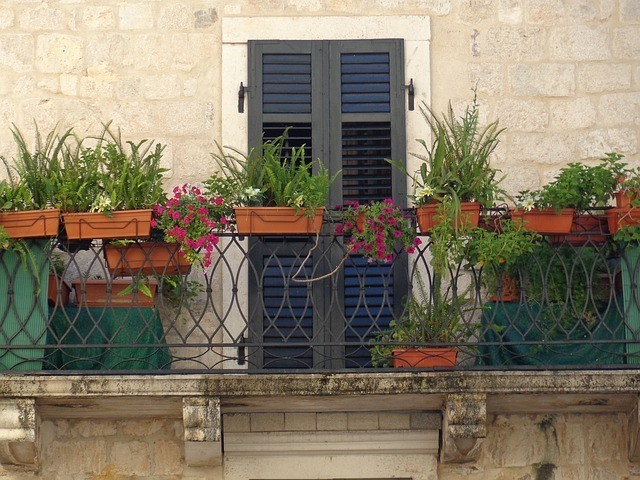
Image Source: Pixabay.com
Square foot gardening isn’t for everyone. And square foot garden spacing doesn’t work with all plants.
But if you want a way to grow more produce with the use of fewer resources and space, it is one of the best options to try out.
While there are plenty of low-resource gardening techniques out there, such as hydroponics and aquaponics, they aren’t as accessible to the average gardener as they could be. You can definitely create a hydroponics system of your own, but it will take a bit more work than installing a square foot garden.
Since square foot garden spacing works best in a raised bed, this growing method is also extremely versatile.
If you have a backyard, you can install your new garden there. But if you live in an urban setting with little outdoor space aside from a patio or balcony, you can still grow a variety of produce with this method in a compact elevated garden bed!
Have you jumped on the square foot garden bandwagon? Or are you skeptical of the benefits this growing method could offer? Let us know your experiences in the comments below.
Featured Image Source: Pixabay.com